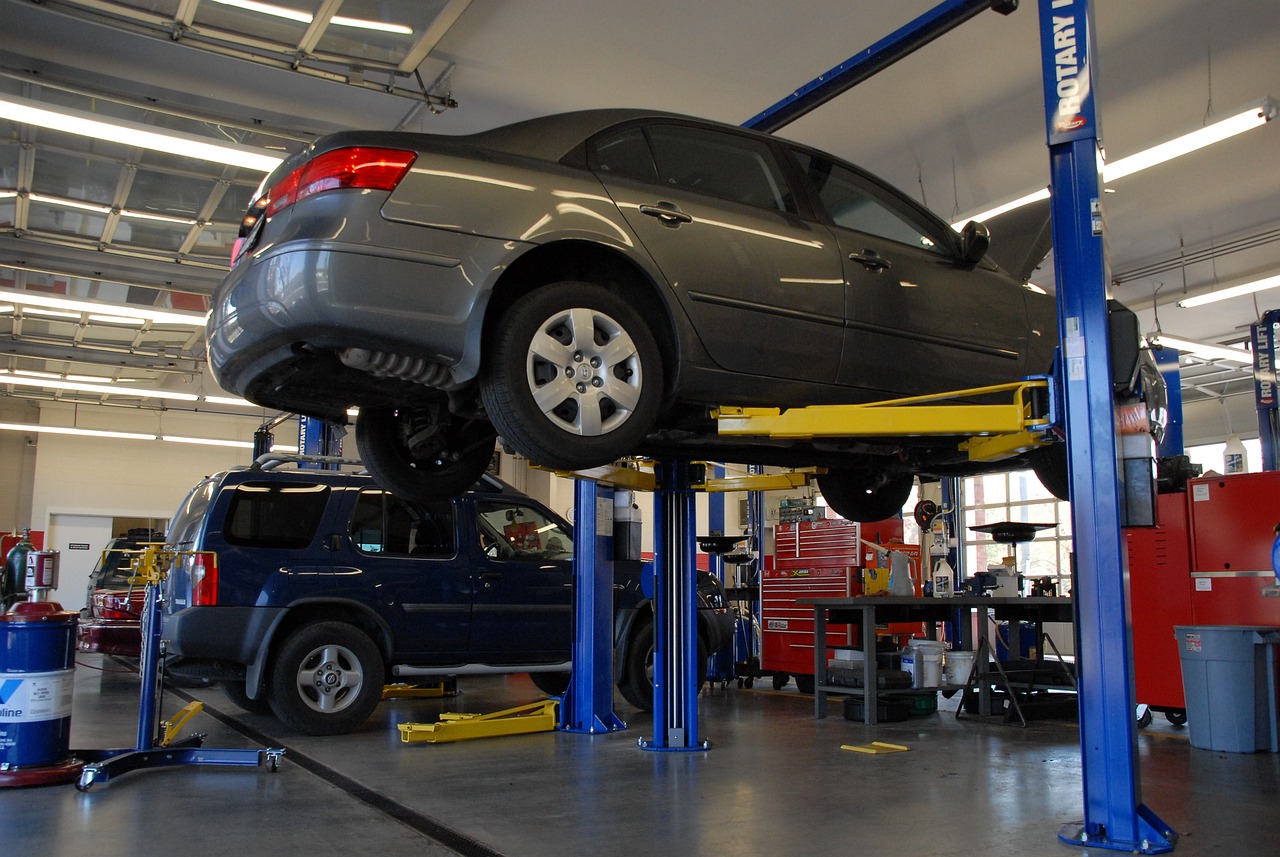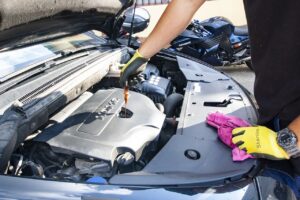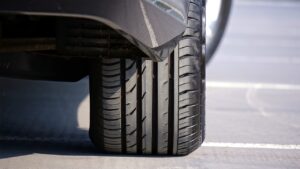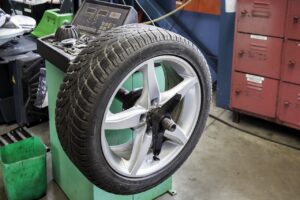
Source : Pixabay.
Today, the mechanics of a gasoline-powered car are complex. For optimal operation, it is necessary to carry out rigorous maintenance! Current cars are full of electronics. And because of the complexity of the mechanical components coupled with the ubiquitous electronics, if our cars break down, they are much more complicated to repair than before.
What maintenance should be carried out for a patrol car?
Owning a recent gasoline-powered car therefore requires special attention. Beyond the obligatory passage to the technical inspection each year, here are some points to watch out for as well as the operations to be carried out regularly on your engine. Oil regularly: Changing the engine oil is very important. You should perform this operation at least once a year.
Essential for lubricating all mechanical parts and preventing friction, the oil must be replaced annually to ensure proper engine operation. The replacement of the oil filter is also necessary, but it is the obligatory step during an oil change.
Check battery status: In a vehicle, the battery is used to operate most electrical components such as mechanical elements, equipment, or even driving aids. If your car has been standing still for a long time, or if it just shows signs of malfunctioning, it needs to be replaced.
RESET COOLING LEVELS
Equally important, the coolant helps, as its name suggests, regulating the temperature of the engine. The liquid keeps it at an ideal heat, conducive to operation in better conditions. Its level should be checked regularly. We recommend changing it every 10,000 kilometers. Replace candles regularly: Spark plugs ignite the air/fuel mixture in the combustion chamber contributing to the health of your engine. To ensure proper overall operation of your vehicle, they should be changed approximately every 15,000 kilometers. Change the belt: The timing belt synchronizes the opening and closing of the valves with the rotation of the crankshaft. It is a central component in the operation of an engine, which must be closely monitored. In general, it is advisable to have it changed approximately every 60,000 kilometers, to prevent it from breaking and causing the premature death of the entire engine.
This is finally good news for motorists. After weeks of constantly rising fuel prices, the curve is reversing. This is what the Ministry of Ecological and Inclusive Transition indicated in its latest report. For the first time in many weeks, the trend is down. Whether for diesel or gasoline, the price drops below the symbolic two euro mark, even if it remains at very high levels.





